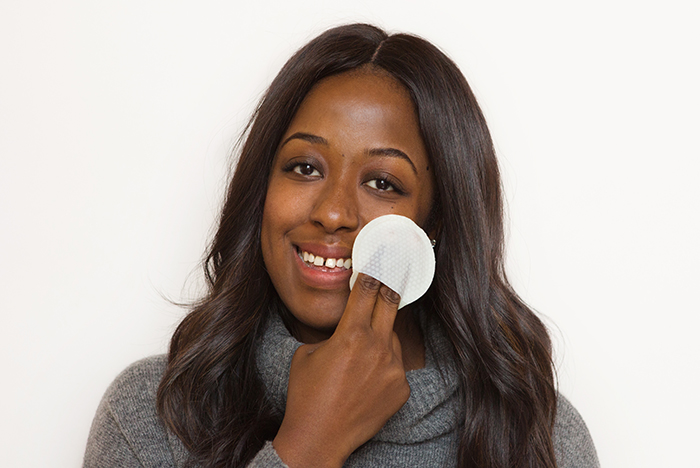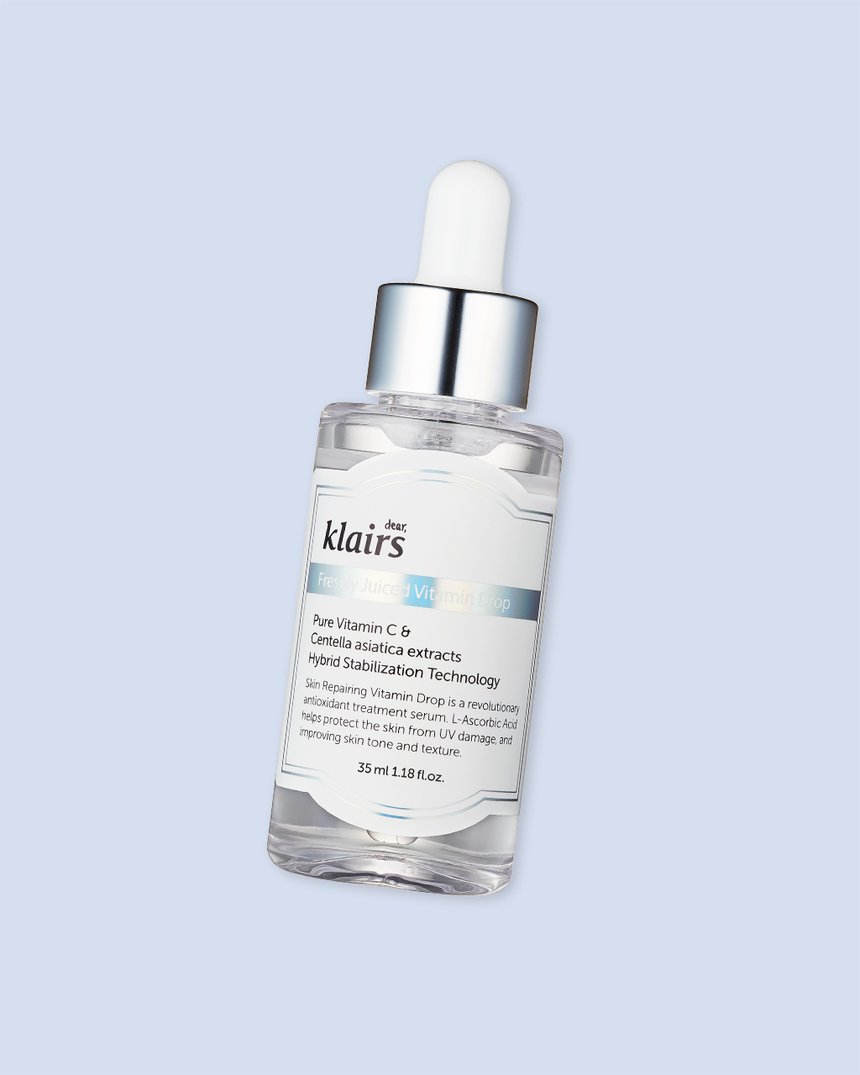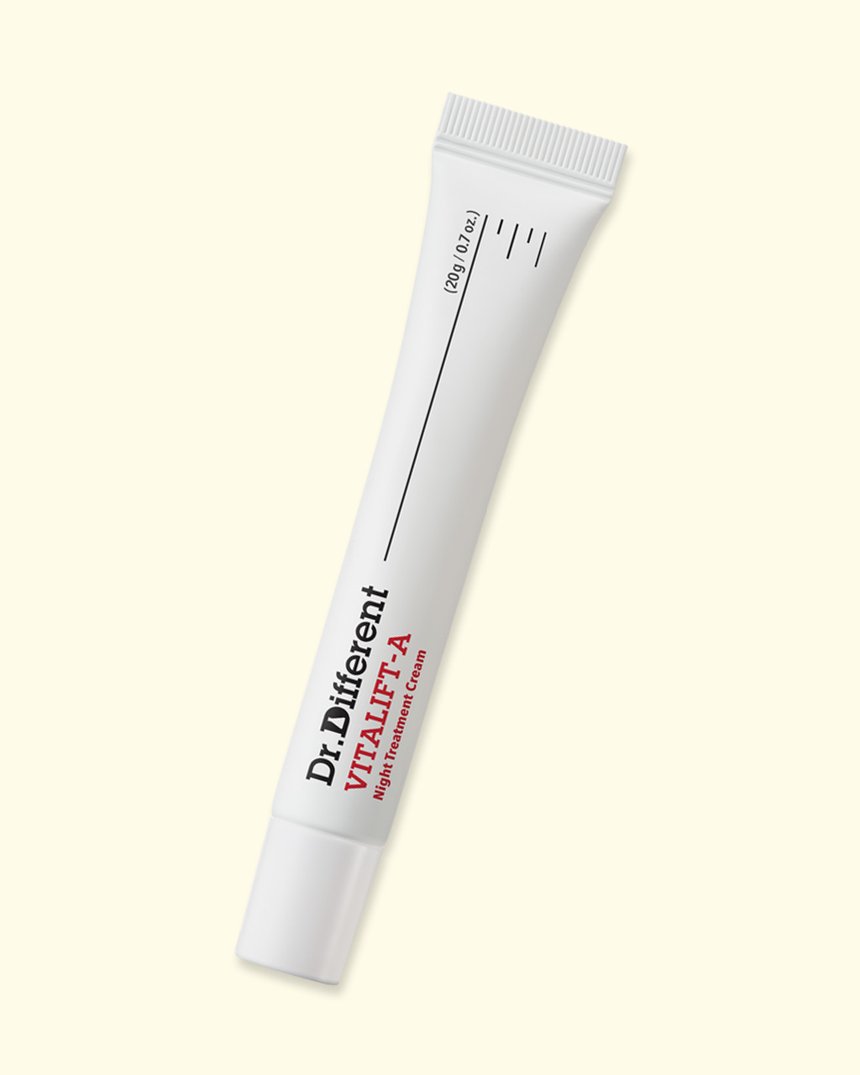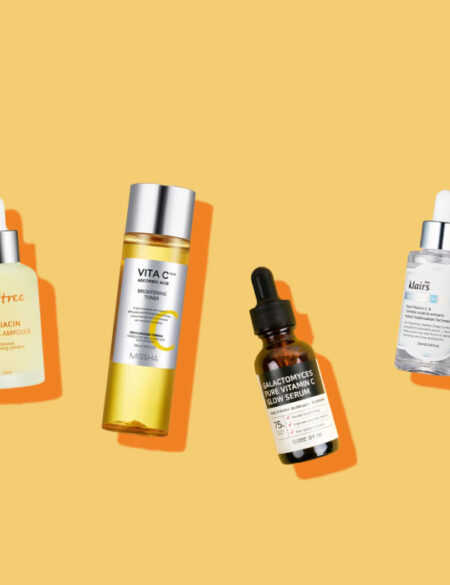New to ingredients like retinol and chemical exfoliants? Reap all of the skin benefits and none of the irritation with a little patience and the right approach. Read on to learn exactly how.
When you’re excited about using a new product that promises amazing results, you just want to slather it all over your face. But with certain strong ingredients, applying too much or a product too frequently, too soon can overwhelm your skin and cause an adverse reaction you weren’t quite anticipating.
Ingredients like retinol, vitamin C, and AHAs are examples of incredible ingredients that should be eased into – and definitely not all at once.
Below, two skin experts share their tips on how to incorporate ingredients like those mentioned above into your skin care routine for the first time for best and safest results.
RETINOL
The quote, “with great power comes great responsibility” was not said in reference to retinol, but it applies. The superstar ingredient is one of the most potent you can use to treat signs of aging, but it can also be irritating if used incorrectly.
“Start by using retinol once a week in the evening. Combining a retinol product with a thick night cream is a great way to dilute the product to reduce the chance of sensitivity,” says Annastazia Unce, a licensed esthetician based in Washington DC. “After two to three weeks, increase your use to two times per week in the PM.”
RELATED: A Beginner’s Guide to Retinol
Dr. Different offers a great range of retinol products, including their Vitalift-A, formulated with retinal and hyaluronic acid.
Because retinol increases sun sensitivity, always wear an SPF 30 or higher sunscreen during the day. Dr. Annie Chiu, a California-based board certified dermatologist, also cautions mixing retinol with other intense ingredients like an AHA. “They both exfoliate skin and can cause irritation,” she says. Instead, use a product with AHAs in the morning and retinol at night.

AHAs
AHAs or alpha hydroxy acids, like glycolic acid and lactic acid, are great chemical exfoliants and are often less abrasive than physical exfoliating scrubs. However, if you over-exoliate, your skin will not be happy.
RELATED: How Often Should You Apply Products That Contain AHA and BHA?
“Just like retinol, you want to start slow with AHAs. Once you find that your skin can tolerate them, increase use to two to three times per week,” says Unce.
A crowd favorite are the Neogen Bio-Peel Gauze Peeling Lemon pads, which contain a mixture of glycolic and lactic acids and orange and papaya extracts to effectively exfoliate.
If your skin is sensitive to AHAs, try a product that contains PHAs like the Benton PHA Peeling Gel. Polyhydroxy acids have larger molecular structures than AHAs so they don’t penetrate as deeply, thus they’re more gentle.
VITAMIN C
Vitamin C is most often found in skin care in one of two forms: L-ascorbic acid and vitamin C ester. The latter, says. Dr. Chiu, “has anti-aging properties that help build collagen”, while the former “is an antioxidant that can provide protection from free radicals, decrease hyperpigmentation, minimize fine lines and brighten skin.” Both can be irritating for sensitive first-time users.
Dr. Chiu recommends starting with a low percentage (don’t go higher than 10%) and graduate to a higher percentage as skin acclimates. A great entry-level product is Klairs Freshly Juiced Vitamin C Serum, which contains 5% vitamin C.
EGF
EGF, epidermal growth factor, is used to heal and repair skin and is especially useful in improving the appearance of signs of aging and scars. It’s not typically considered irritating, however, in a very concentrated form, the ingredient may be too much for sensitive skin types to handle.
An example is the Easydew EX DW-EGF Derma Oneshot Ampoule. The brand’s products contain the highest purity of EGF known in the market and with the ampoule, as the name implies, you’re basically getting a shot of it. We recommend working your way up to using a full ampoule by getting your skin used to EGF with a less potent product from the line or starting with a half dose.
Bottom Line
In general, diving right in to using a high concentration of a strong ingredient – including all of those mentioned above – can be a risky move. That’s why it’s always best to patch test a product before applying it onto your face and to stagger use of potent products.
















